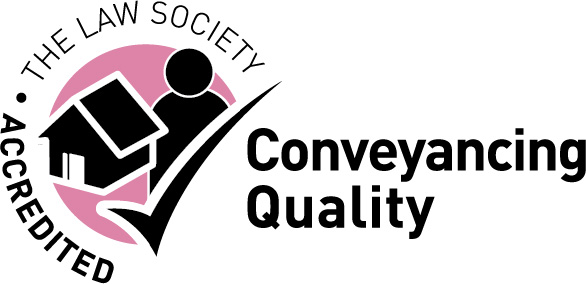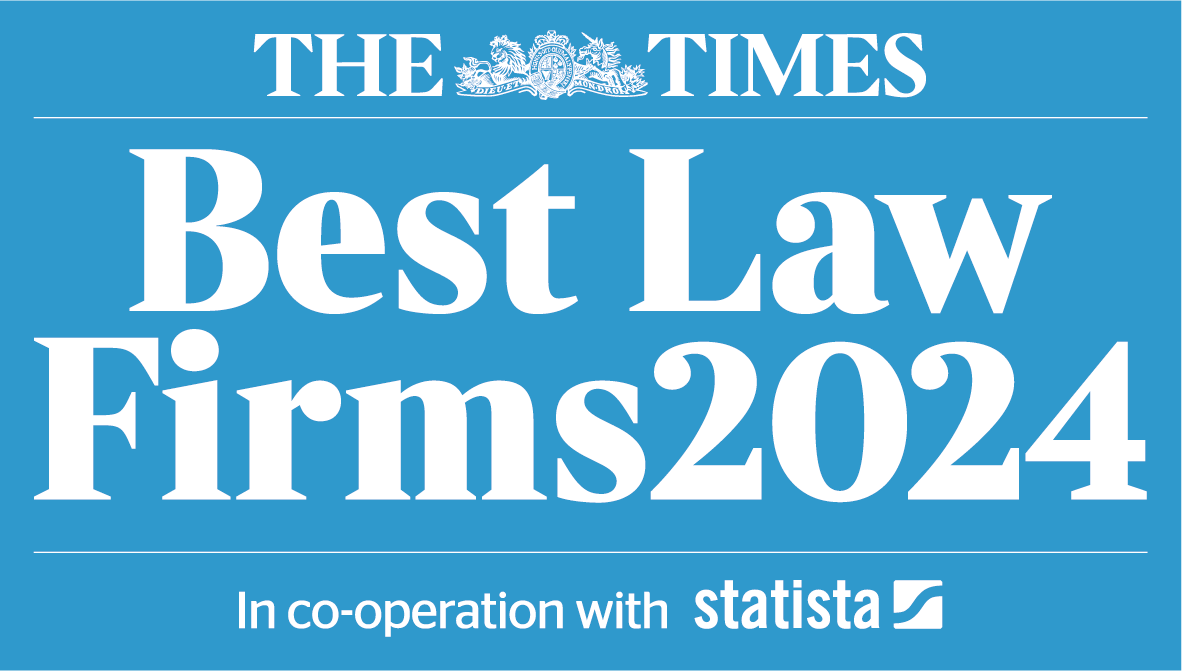Trading by schools and other charities – what to consider
3 September 2019
If a charity charges fees for the provision of goods, property or services it may be engaging in trading activity. The sale of goods or services is an essential feature of any trade, although there are cases in which charities may sell goods or services, without the activity constituting "trade" and without the income it produces being regarded as trading profits. This is important, as significant trading profits may be taxable.
Generally speaking, a charity can only carry out trading activity if the activity will further its charitable purposes (known as "primary purpose trading") or if it will be ancillary to doing so. In a schools context this means that, subject to any restrictions in their governing documents, schools may be able to charge fees for some or all of their educational activities, and most schools will be permitted to charge for ancillary activities, such as the provision of school meals or uniforms.
Many schools generate additional income by hiring out their facilities to individuals and local groups. If a school's objects extend to leisure and recreation, the hire of its sports pitches and other facilities is likely to constitute primary purpose trading. But if its objects are confined to advancing education, as is the case with many academies, such activity might be classed as non-primary purpose trading – particularly if they involve a service element, such as the provision of cleaning, catering or security by the school.
Tax treatment
A charity does not pay tax on the income from its primary purpose trading – the obvious example being income from school fees.
The general rule is that any income generated from non-primary purpose trading by a charity will be subject to corporation tax. There is, however, a tax concession that enables charities to carry out a certain amount of non-primary purpose trading without becoming liable for tax. As of April 2019, most charities are able to earn up to £80,000 each year from non-primary purpose trading without triggering a charge. This is sometimes called the "small trading tax exemption" or the "small-scale exemption".
If your school is likely to generate more than £80,000 a year from non-primary purpose trading, it may be advisable for you to set up a trading subsidiary - a separate commercial company under the sole control of the school, which undertakes all of the non-charitable trading activity in place of the school. Any profits generated by the activity can then be transferred to the school under the corporate Gift Aid scheme, which reduces the liability of the trading subsidiary to corporation tax, provided that the school uses the money for its charitable purposes.
A charity's trading subsidiary does not have to pay VAT on profits it makes from sales of donated goods (as long as the profits are given to the parent charity) or fundraising events it runs for its parent charity. Trading companies must pay tax and VAT on all their other income and profits in the same way as ordinary limited companies.
Ring-fencing risk
Even if your school's non-primary purpose trading is unlikely to exceed £80,000, you may still wish to use a trading subsidiary – particularly if the activities concerned involve financial or reputational risks to the charity (which may be the case if you are hiring out school facilities for private events, for example). Using a trading subsidiary to "ring-fence" risk can help to protect the school's assets in the event that something goes wrong in the course of any trading activity.
The school should, however, ensure that it has systems in place to ensure that the activities of its trading subsidiary do not undermine the school's charitable purposes, as the regulators have been known to criticise charities for not keeping fully abreast of what their subsidiaries were doing.
Funding a trading subsidiary
Most normal trading companies fund their business through a mixture of share capital, loan capital and retention of profits. But because charity trading subsidiaries are encouraged to pass their profits to their parent charities, they do not generally meet their funding needs out of retained profits. In other words, their needs are generally met by loans, either from their parent charities or from outside sources (although sometimes trading subsidiaries issue shares which are purchased by the parent charity).
Whenever a charity funds its trading subsidiary, the provision it makes has to be justifiable as an investment of the charity's assets – the trading subsidiary is there to support the charity, rather than the other way round. Parent charities must not provide support to trading subsidiaries on terms which involve an element of gift, or they risk the payment being treated as non-charitable expenditure, which can lead to the restriction of the charity's tax exemptions. So for example:
-
a parent charity must not make donations to its trading subsidiary, either in cash or in kind;
-
a parent charity must not settle the debts of a trading subsidiary; and
-
a charity must, if allowing a trading subsidiary to use its staff, buildings or equipment, make fair charges for the use, and the details of the arrangements should be set out in a formal agreement between the two entities.
It follows from the above that, while a school is able to transfer funds to its trading subsidiary, it must do so on an arm's length basis – usually by means of a loan. The school's trustees or governors will need to decide on the terms, including the interest rate and date of repayment, as they would were they making a loan to an external body. They must also decide if and how the loan is to be secured. The terms of the loan will need to be such that, if HMRC looked into the arrangement, it would be satisfied that the investment in the trading subsidiary was made for the benefit of the school, rather than the trading subsidiary or anyone else.
The Charity Commission suggests that it is often better for charities to make a series of small investments in their trading companies, rather than one big investment, with a view to reducing risk. It also points out that charities must regularly review all of their investments, including those made in a trading company, to make sure they’re performing as expected. Its guidance explains that, to avoid losing out on tax exemptions, a charity must only invest in its trading company if:
-
it can show evidence that the investment was made to benefit the charity;
-
there are terms and conditions setting out how the trading company will pay back the loan (this should include a rate of interest and the date when the repayment is due);
-
the charity gets a fair return that’s actually paid, which is then spent on the charity’s primary purpose.
Conflicts of interest
While it is common for there to be some crossover between the membership of a charity's board and that of its trading subsidiary, it is important to remember that this will invariably give rise to conflicts of interest – particularly when it comes to questions of funding the subsidiary. In these circumstances, the interests of the school will conflict with those of the trading subsidiary and it will be impossible for someone who is on both boards to act in the best interests of both entities. For this reason, there must be sufficient non-governor/trustees on the board of the trading subsidiary to form a quorum, so that valid decisions can be made whenever conflicts arise.
It is also worth remembering that, even though the trading subsidiary is under the school's sole control, it must remain a separate entity. Its board will need to meet independently of the school's board, and separate minutes will need to be kept of those meetings.
If you are considering establishing a trading subsidiary and would like some advice on how to go about it, our Charity Law and Governance team will be happy to assist.



